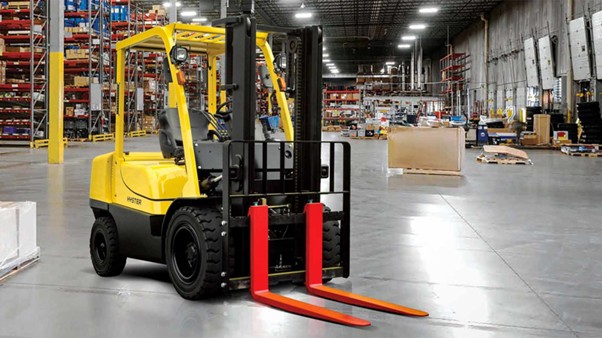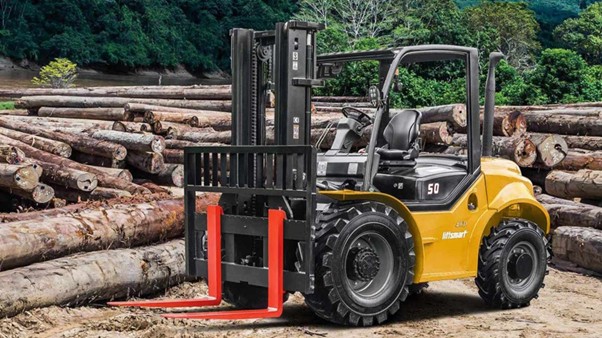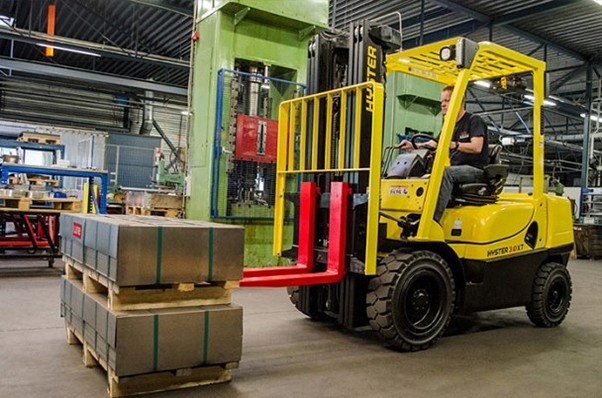What’s the difference between All-Terrain Forklifts and Standard Forklifts?
Not every forklift is designed for the same environment. Standard counterbalance forklifts perform best on smooth, hard surfaces like warehouses, factories, and logistics yards. However, when faced with mud, gravel, grass, or uneven ground, they can quickly run into limitations.
That’s where rough terrain forklifts come in. Purpose built for industries such as construction, agriculture, mining, and forestry, these machines are engineered to keep operations moving in conditions that would not be suitable for standard forklifts.

Standard Forklifts: Generally built for Smoother Surfaces
Standard forklifts are most used in environments where the ground surfaces are smoother. This generally includes warehouses, factories, and logistics facilities. They are designed to perform efficiently on flat, stable surfaces such as concrete or asphalt.
Key Characteristics of Standard Forklifts:
- Typically fitted with solid or cushion tyres for smooth floor operation
- Lower ground clearance makes them highly stable indoors but less suited to uneven ground
- Available in a wide range of fuel types, including LPG, CNG, diesel, and battery-electric
- Compact design allows for tight turning circles, ideal for confined indoor spaces
These features make standard forklifts the go-to choice for industries with controlled environments and predictable ground conditions.

Rough Terrain Forklifts: Designed for more challenging environments
Rough terrain forklifts are generally engineered for outdoor applications where surfaces may be uneven, sloped, or unstable. They are commonly found in agriculture, construction, forestry, and mining operations.
Key Characteristics of Rough Terrain Forklifts:
- Equipped with large pneumatic tyres for stability and traction on rough ground
- Higher ground clearance to avoid grounding and to navigate uneven terrain
- Typically powered by diesel engines to deliver extra torque and endurance
- Many models feature two-wheel and four-wheel drive options for adaptable performance
- Capable of operating safely on steeper gradients than standard forklifts
These design elements make rough terrain forklifts suitable for sites where conditions are less predictable.

Choosing the Right Forklift for the Job
When deciding between a standard and a rough terrain forklift, the key factor is which is better suited to the application:
- Standard Forklift: Best for indoor operations, smooth and hard surfaces, and spaces where manoeuvrability is critical.
- Rough Terrain Forklift: Best for outdoor worksites, uneven or sloped ground, and industries where ground conditions may change daily.
Both forklift types are highly effective when used in the right environment. By matching the machine to the operating conditions, businesses can maximise safety, efficiency, and productivity.
